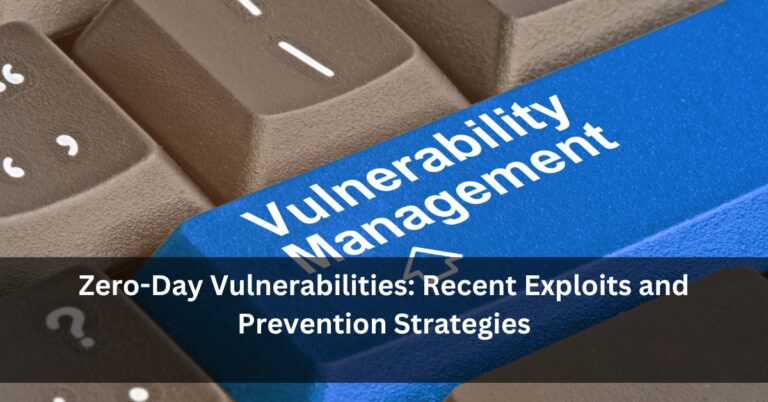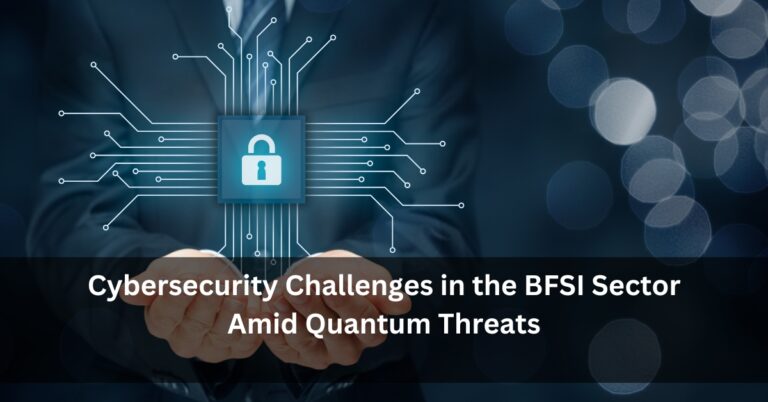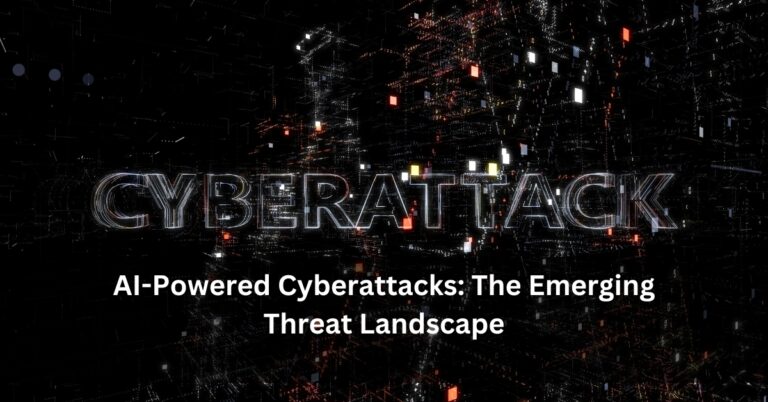The Rise of Highly Evasive Adaptive Threats (HEAT): A New Cybersecurity Challenge for India
As the world moves rapidly towards digitisation, so do the methods used by cybercriminals. Among the most concerning new types of cyber threats are Highly Evasive Adaptive Threats (HEAT). These are not the typical viruses or phishing scams we’ve heard about before. HEAT attacks are more complex, more dangerous, and unfortunately, much harder to detect.
For a country like India, where digital adoption is growing every day — from online banking and mobile payments to e-governance and healthcare digitisation — understanding and preparing for HEAT is more important than ever.
What is a HEAT Attack?
HEAT stands for Highly Evasive Adaptive Threats. These are advanced types of cyberattacks that are specifically designed to slip past traditional cybersecurity measures. Most antivirus software and firewalls today are built to detect known patterns of attacks. HEAT threats, however, are unpredictable and designed to adapt.
They often work through everyday tools we trust — like web browsers, cloud applications, or email platforms. For example, a HEAT attack might involve a seemingly safe link or document. But once clicked, it opens the door for attackers to enter your system, often without your knowledge.
The methods used in HEAT include:
- HTML smuggling – hiding malicious code in regular-looking web pages or files
- Obfuscation – disguising malware so it’s not easily recognised
- Dynamic content – changing the attack method depending on how the system responds
Because these attacks often take place in “trusted” environments like a browser or email, they are extremely difficult to trace and stop.
Why HEAT is a Big Concern for India?
India is among the fastest-growing digital economies in the world. With millions of people now online and many businesses shifting to cloud-based platforms, the surface area for cyberattacks has expanded significantly.
In 2024 alone, India saw over 500 significant cyberattacks across sectors like finance, healthcare, education, and even public utilities. Reports suggest that only around 7% of Indian organisations are fully equipped to deal with modern cyber threats. This means that most businesses — especially small and medium enterprises — may not be ready for something as advanced as a HEAT attack.
As our economy becomes more digital, these threats will only become more frequent. The need to understand and defend against HEAT attacks is no longer optional — it’s essential.
At FutureAI, we’re working to bridge this knowledge gap by offering cutting-edge cybersecurity solutions that are practical, effective, and designed for the Indian context.
Who is at Risk?
HEAT attacks do not target only large companies or government bodies. In fact, because they rely on tricking users into clicking a link or opening a file, individuals and small businesses are often easier targets.
Some of the most vulnerable sectors include:
- Banking and Financial Services – especially online banking apps and portals
- Healthcare Institutions – due to sensitive data and limited cybersecurity budgets
- Educational Institutions – where cloud-based tools are widely used but not always secured
- Startups and SMEs – which often lack advanced cybersecurity infrastructure
For these organisations, prevention and early detection are the best lines of defence.
How Can We Protect Ourselves from HEAT?
Fighting HEAT attacks requires more than just installing antivirus software. Here are some effective steps you can take:
- Invest in Modern Cybersecurity Solutions: Traditional tools may not be enough. Consider platforms that can identify and block evasive threats using AI and behavioural analysis.
- Update Regularly: Make sure all your software, browsers, and applications are updated with the latest security patches.
- Educate Your Team: Human error is one of the biggest risks. Regular training sessions can help staff identify suspicious links or emails.
- Adopt Zero Trust Architecture: This approach means not automatically trusting any user or system — even if it’s inside your network. Every action is verified and monitored.
- Monitor Network Behaviour: Use tools that analyse your network traffic for irregular activity. This can help detect threats before they cause damage.
At FutureAI, we help organisations adopt such strategies through customised cybersecurity assessments and real-time monitoring tools.
Real Cases: Why It’s Time to Act
In late 2024, a major Indian health insurance company suffered a HEAT-based breach that compromised the data of over 30 million users. More recently, some Indian startups reported losing crucial data and funds due to browser-based exploits that went undetected for weeks.
These incidents show that no one is immune. But they also show that with the right tools and awareness, such threats can be managed and even prevented.
If your organisation uses cloud services, web apps, or even email for daily operations, you could be at risk. Protecting against HEAT is not just about avoiding loss — it’s about ensuring continuity, trust, and long-term growth.
Final Thoughts
Cybersecurity is no longer a technical concern for the IT department. It is now a business concern, a personal concern, and a national concern. With the rise of Highly Evasive Adaptive Threats, the time to act is now.
Being informed is the first step, and taking action is the next.
Whether you’re a student, entrepreneur, small business owner or IT professional, being aware of HEAT attacks and preparing for them can make a huge difference.
To stay updated with the latest trends in cybersecurity and discover tailored solutions for your needs, visit FutureAI. Explore how FutureAI is helping India stay safe in the digital age. With the right approach, we can make sure that technology remains a tool for progress — not a target for attacks.







